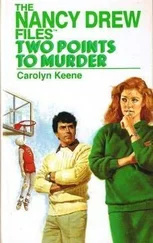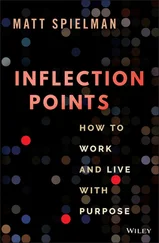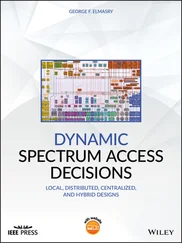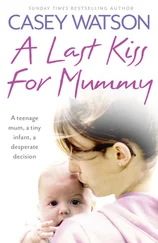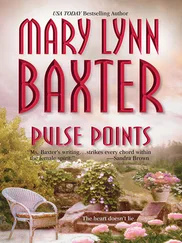Tony and I agreed on a strategy: We would introduce the second resolution at the UN, joined by the visionary leader of Spain, Prime Minister José Maria Aznar. If we lined up enough yes votes, we might be able to persuade France and Russia to abstain rather than veto. If not, we would pull down the resolution, and it would be clear they had blocked the final diplomatic effort.
The second resolution, which we introduced on February 24, 2003, was important for another reason. Tony was facing intense internal pressure on the issue of Iraq, and it was important for him to show that he had exhausted every possible alternative to military force. Factions of the Labour Party had revolted against him. By early March, it wasn’t clear if his government could survive.
I called Tony and expressed my concern. I told him I’d rather have him drop out of the coalition and keep his government than try to stay in and lose it.
“I said I’m with you,” Tony answered.
I pressed my point again.
“I understand that, and that’s good of you to say,” he replied. “I absolutely believe in this. I will take it up to the very last.”
I heard an echo of Winston Churchill in my friend’s voice. It was a moment of courage that will stay with me forever.

At Tony’s request, I made one last effort to persuade Mexico and Chile, two wavering Security Council members, to support the second resolution. My first call was to my friend President Vicente Fox. The conversation got off to an inauspicious start. When I told Vicente I was calling about the UN resolution, he asked which one I meant. “If I can give you some advice,” I said, “you should not be seen teaming up with the French.” He said he would think about it and get back to me. An hour passed. Then Condi heard from the embassy. Vicente had checked into the hospital for back surgery. I never did hear from him on the issue.
My conversation with President Ricardo Lagos of Chile did not go much better. He was a distinguished, scholarly man and an effective leader. We had negotiated a free trade agreement that I hoped Congress would approve soon. But public opinion in Chile ran against a potential war, and Ricardo was reluctant to support the resolution. He talked about giving Saddam an additional two or three weeks. I told him a few more weeks would make no difference. Saddam had already had years to comply. “It is sad it has come down to this,” I said. I asked one last time how he planned to vote. He said no.
As the diplomatic process drifted along, the pressure for action had been mounting. In early 2003, Federal Reserve Chairman Alan Greenspan told me the uncertainty was hurting the economy. Prince Bandar of Saudi Arabia, the kingdom’s longtime ambassador to Washington and a friend of mine since Dad’s presidency, came to the Oval Office and told me our allies in the Middle East wanted a decision.
Whenever I heard someone claim that we had rushed to war, I thought back to this period. It had been more than a decade since the Gulf War resolutions had demanded that Saddam disarm, over four years since he had kicked out the weapons inspectors, six months since I had issued my ultimatum at the UN, four months since Resolution 1441 had given Saddam his “final opportunity,” and three months past the deadline to fully disclose his WMD. Diplomacy did not feel rushed. It felt like it was taking forever.
Meanwhile, the threats continued. President Hosni Mubarak of Egypt had told Tommy Franks that Iraq had biological weapons and was certain to use them on our troops. He refused to make the allegation in public for fear of inciting the Arab Street. But the intelligence from a Middle Eastern leader who knew Saddam well had an impact on my thinking. Just as there were risks to action, there were risks to inaction as well: Saddam with a biological weapon was a serious threat to us all.

In the winter of 2003, I sought opinions on Iraq from a variety of sources. I asked for advice from scholars, Iraqi dissidents in exile, and others outside the administration. One of the most fascinating people I met with was Elie Wiesel, the author, Holocaust survivor, and deserving Nobel Peace Prize recipient. Elie is a sober and gentle man. But there was passion in his seventy-four-year-old eyes when he compared Saddam Hussein’s brutality to the Nazi genocide. “Mr. President,” he said, “you have a moral obligation to act against evil.” The force of his conviction affected me deeply. Here was a man who had devoted his life to peace urging me to intervene in Iraq. As he later explained in an op-ed: “Though I oppose war, I am in favor of intervention when, as in this case because of Hussein’s equivocations and procrastinations, no other option remains.”
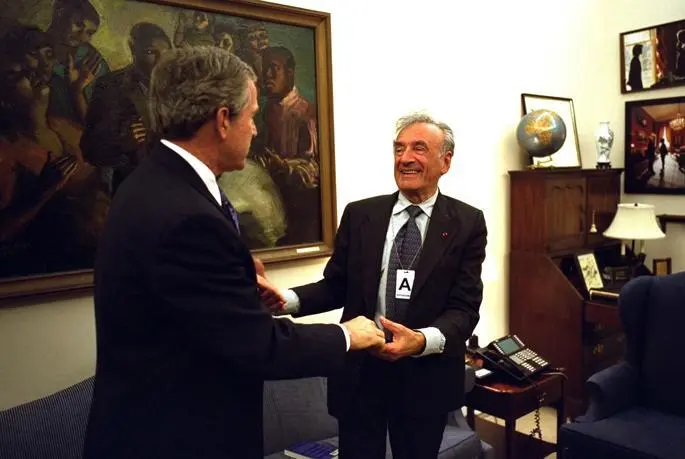
With Elie Wiesel. White House/Paul Draper
I’ve always wondered why many critics of the war did not acknowledge the moral argument made by people like Elie Wiesel. Many of those who demonstrated against military action in Iraq were devoted advocates of human rights. Yet they condemned me for using force to remove the man who had gassed the Kurds, mowed down the Shia by helicopter gunship, massacred the Marsh Arabs, and sent tens of thousands to mass graves. I understood why people might disagree on the threat Saddam Hussein posed to the United States. But I didn’t see how anyone could deny that liberating Iraq advanced the cause of human rights.

With diplomacy faltering, our military planning sessions had increasingly focused on what would happen after the removal of Saddam. In later years, some critics would charge that we failed to prepare for the postwar period. That sure isn’t how I remember it.
Starting in the fall of 2002, a group led by Deputy National Security Adviser Steve Hadley produced in-depth plans for post-Saddam Iraq. Two of our biggest concerns were starvation and refugees. Sixty percent of Iraqis were dependent on the government as a source of food. An estimated two million Iraqis could be displaced from their homes during war.
On January 15, Elliott Abrams, a senior NSC staffer, delivered a detailed briefing on our preparations. We planned to prestation food, blankets, medicine, tents, and other relief supplies. We produced maps of where refugees could be sheltered. We deployed experienced humanitarian relief experts to enter Iraq alongside our troops. We had pinpointed the locations of most of Iraq’s fifty-five thousand food distribution points and made arrangements with international organizations—including the World Food Programme—to make sure plenty of food was available.
We also developed plans for long-term reconstruction. We focused on ten areas: education, health, water and sanitation, electricity, shelter, transportation, governance and rule of law, agriculture, communications, and economic policy. For each, we gathered data, formulated a strategy, and set precise goals. For example, USAID determined that Iraq had 250 nonmilitary general hospitals, 20 military hospitals, 5 medical college hospitals, and 995 civilian medical care centers. Our plan called for surging medical supplies into the country, working to recruit Iraqi doctors and nurses living abroad to return home, training new medical personnel, and, ultimately, handing control to a new Iraqi health ministry.
One of the toughest questions was how to plan for a post-Saddam political system. Some in the administration suggested that we turn over power immediately to a group of Iraqi exiles. I didn’t like the idea. While the exiles had close connections in Washington, I felt strongly that the Iraqis’ first leader should be someone they selected. I was mindful of the British experience in Iraq in the 1920s. Great Britain had installed a non-Iraqi king, Faisal, who was viewed as illegitimate and whose appointment stoked resentment and instability. We were not going to repeat that mistake.
Читать дальше






